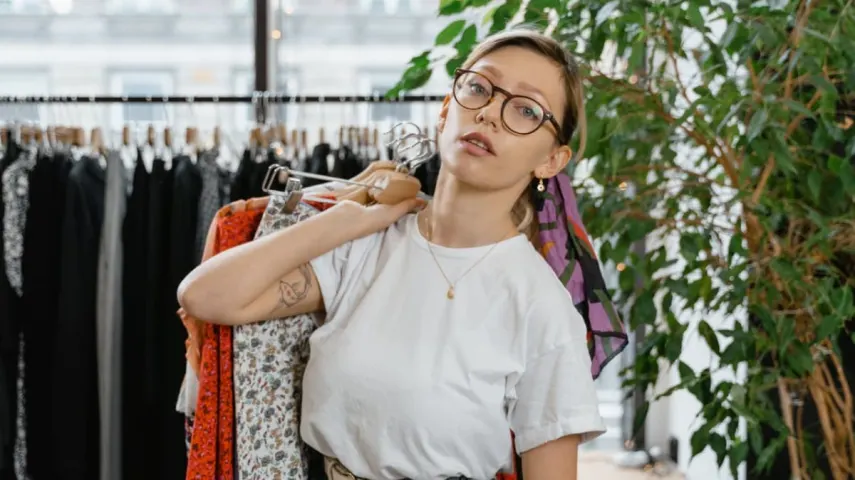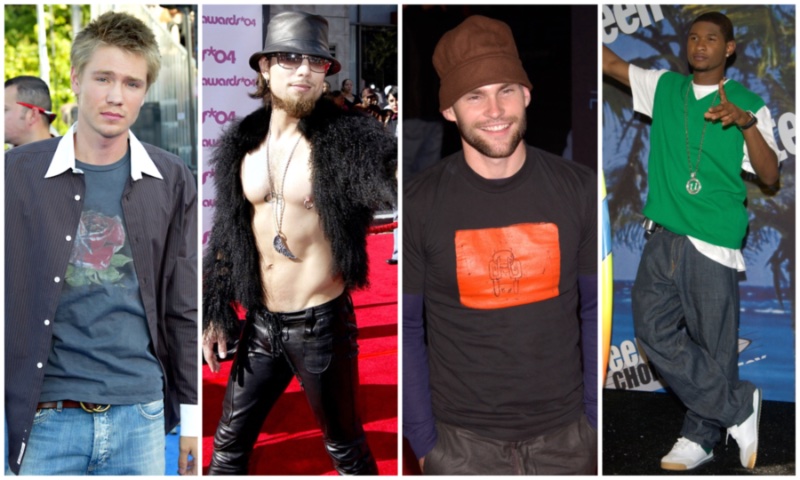In a world that constantly craves the new and the trendy, there’s a quiet revolution happening in the realm of fashion—one that champions sustainability, individuality, and a nod to the past. The allure of second-hand clothes, once relegated to thrift stores and vintage boutiques, is experiencing a resurgence, challenging the conventional notions of style and consumerism.
Table of Contents
ToggleThe Rise of Conscious Consumerism:
The fast fashion industry, known for its rapid turnover Stuart-weitzman.org/ of trends and cheaply produced garments, has come under scrutiny for its environmental impact and unethical labor practices. As a response, more fashion-forward individuals are turning to second-hand clothing as a means of expressing their personal style while minimizing their carbon footprint. This shift towards conscious consumerism is not just a fashion statement; it’s a lifestyle choice that aligns with the values of environmental responsibility and ethical consumption.
Unearthing Hidden Treasures:
One of the most exciting aspects of second-hand shopping is the treasure hunt for unique and one-of-a-kind pieces. Whether it’s a vintage leather jacket, a perfectly worn-in pair of jeans, or a timeless designer find, second-hand stores offer a curated selection of items that tell stories and stand out from the mass-produced offerings of mainstream retailers. Embracing second-hand fashion allows individuals to build a wardrobe that reflects their personality and style preferences in a way that’s truly distinctive.
Reducing Fashion Waste:
The fashion industry is notorious for generating enormous amounts of waste, from unsold inventory to discarded clothing. By choosing second-hand clothes, consumers actively participate in reducing this waste and contribute to a circular fashion economy. Thrift shopping promotes the reuse of garments, extending their lifespan and diverting them from landfills. It’s a small but impactful step towards creating a more sustainable and eco-friendly fashion landscape.
Empowering Local Economies:
The second-hand market extends beyond global chains Womenpartner.org/ with local thrift stores and community-driven initiatives playing a significant role. By supporting these businesses, consumers contribute to the growth of their local economies and help create a sense of community. This emphasis on locality adds a personal touch to the act of shopping, fostering connections between individuals who share a passion for sustainable fashion.
Changing Perceptions:
As second-hand clothes gain popularity, perceptions around pre-owned fashion are evolving. What was once seen as a last resort for budget-conscious individuals is now a choice made by those who prioritize quality, uniqueness, and a commitment to reducing environmental impact. Second-hand shopping is becoming a badge of honor, symbolizing a commitment to a more sustainable and thoughtful approach to personal style.
In a world where trends come and go in the blink of an eye, second-hand clothes stand the test of time. They tell stories, promote sustainability, and empower individuals to make a statement with their fashion choices. As we navigate the ever-changing landscape of the fashion industry, embracing second-hand chic is not just a nod to the past; it’s a step towards a more sustainable and conscious future.



